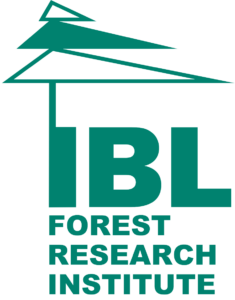This website uses cookies so that we can provide you with the best user experience possible. Cookie information is stored in your browser and performs functions such as recognising you when you return to our website and helping our team to understand which sections of the website you find most interesting and useful.

Conference Programme
| |||
Initial preliminary conference program*
15 May 2024 – DAY 1
7:30-8:30 | Registration |
8:30-9:50 | Official opening of the conference and keynote speakers
|
9:50-10:15 | Coffee break |
10:15-12:15 | Session: Forest/City (presentation time 20 min)
|
12:15-13:15 | Lunch |
13:15-15:00 | Session: Climate/Water (presentation time 20 min)
|
15:00-15:20 | Coffee break |
15:20-17:20 | Session: Mobility/Technology (presentation time 20 min)
|
20:00-23:00 | Gala dinner |
16 May 2024 – DAY 2
8:15-9:45 | Discussion panel |
9:45-11:15 | Session: Forest I (presentation time 15 min)
|
11:15-11:35 | Coffee break |
11:35-13:15 | Session: City/Tourism (presentation time 15 min)
|
13:15-14:15 | Lunch |
14:15-15:15 | Discussion panel |
15:15-17:15 | Session: Climate/Water (presentation time 15 min)
|
17:15-17:30 | Coffee break |
17:30-19:00 | Session: Forest II (presentation time 15 min)
|
17 May 2024 – DAY 3
8:15-9:45 | Session: Technology (presentation time 15 min)
|
9:45-11:00 | Coffee break / Poster session |
11:00-12:30 | Session: Change analysis (presentation time 15 min)
|
12:30-13:00 | Closing the Conference |
13:00-13:45 | Lunch |
14:00-16:00 | Workshop |
The third day will also include workshops that will be held after the Conference. Information about the workshops will be provided at a later date.
Project financed from funds of the Polish state budget granted by the Minister of Education and Science within the framework of the Programme Excellent Science II – Support of scientific conferences. | |
 |
|



















